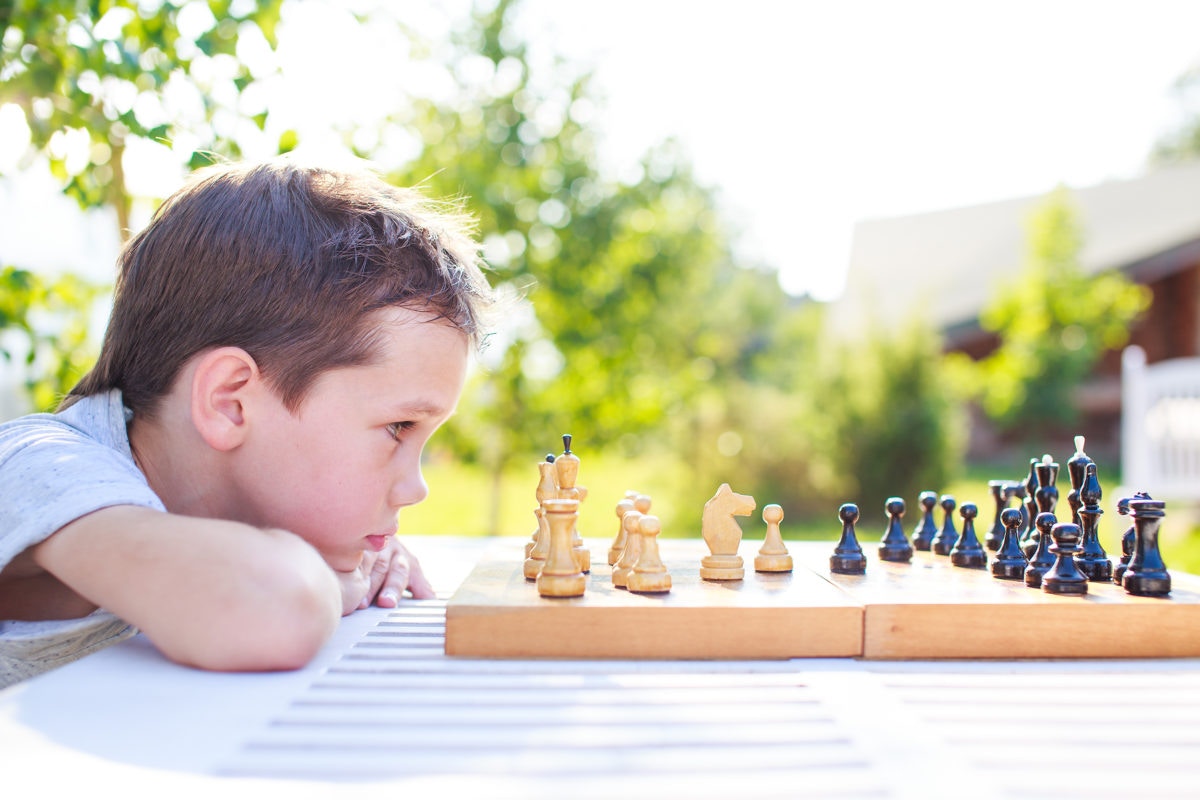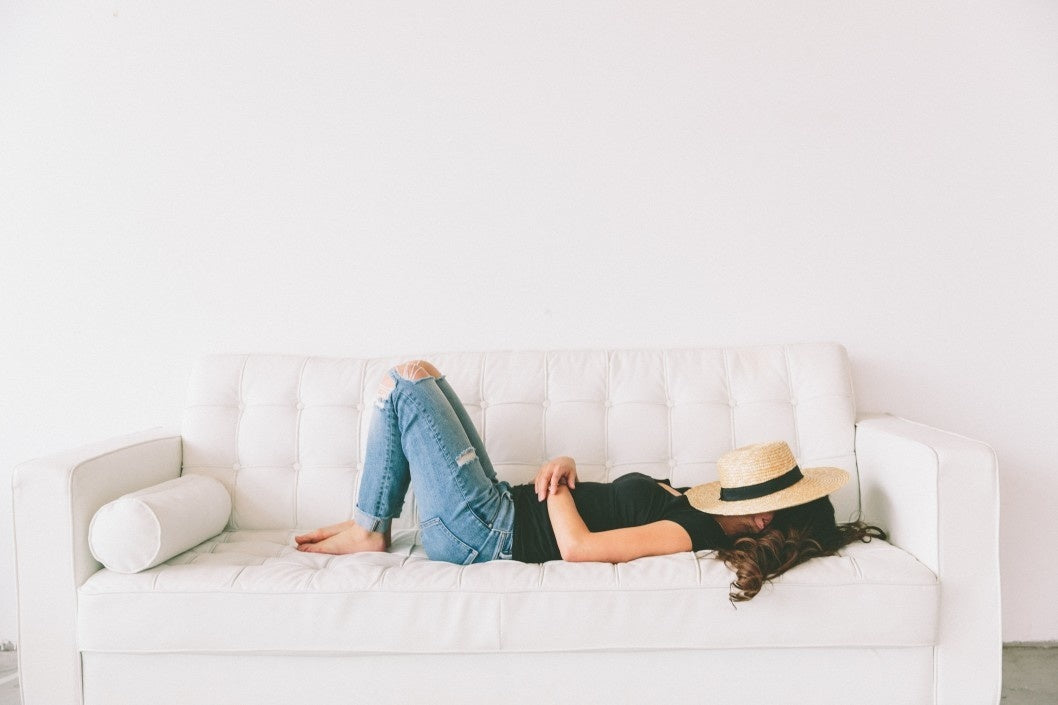My grandmother talked to me for months about the tedious work of cleaning after other people's deaths. When her younger brother passed, she came into possession of boxes of his items, as well as his deceased wife's things. These landed on top of the possessions her mother left when she died years before. Suddenly, my grandmother was buried under a mound of other people's belongings. She enjoyed finding out that her mother kept every Valentine's day card and report card she and her brothers took home, but she was then left with the guilt of being the one to throw them away. Pictures that belonged to her sister-in-law's family were precious, but she had no contact information for the family members and didn't know the people in them. Again, guilt landed hard as she threw them out. "I hate having to do this," she would tell me over the phone. "These items meant something to them, but what am I supposed to do with them?"
According to the Swedish, nothing. She never should have come into possession of them because the Swedish believe in a practice called death cleaning. It's both as depressing and invigorating as it sounds. People around the age of 65 start appraising their items according to a different set of standards. As opposed to deciding if an item brings them joy or fits in with their decorating scheme, they appraise it using the question, will anyone want this when I’m dead? If not, they throw it out as a favor to those who will inherit their possessions upon their passing. My grandmother's experience makes me believe that death cleaning is truly a gift to those left behind. In fact, she figured out on her own, before the Swedes caused this idea to start trending, that death cleaning was a good idea. She started the process as soon as she sorted through everyone else's belongings to spare us what she went through.
Starting now
We don't have to wait to death clean until we enter our seventh decade. It's possible to benefit from this tidying style now, while we are still very much alive. There aren't particular rules, but "
The Gentle Art of Swedish Death Cleaning" by Margareta Magnusson has tips that will be available to readers in the states in January of 2018. Until then, we have tidbits from interviews Magnusson has given. Magnusson says to start this cleaning as soon as we are
aware of our own mortality. Even if we have decades left, death cleaning lets us keep our houses tidy and makes us more aware of what we purchase. For followers of the minimalist movement, death cleaning is a perfect way to stay on track and make more out of the moments than the possessions. A tip from Magnusson that matches one from tidying icon Marie Kondo is to not start with photographs. Starting with sentimental items ensures we'll get bogged down and bring the entire practice to a halt. Start with less sensitive items and work to photographs when experienced enough to know how to decide what to keep and what to toss. Magnusson also doesn't require adherents to throw away every sentimental item, which is a relief. I'm a die-hard decluttering practitioner, but my grandmother's neat, cursive handwriting proves too hard for me to throw out. I have every card and letter she's ever written me. As opposed to making my children go through these when I'm gone, Magnusson recommends I keep them in a box marked just for me, and my kids can simply dispose of the box and its contents when I pass. There's no time taken from them, and I still have my grandmother's words in writing for as long as I'm living.
Focus on the bright side
Death cleaning, despite the name, is not supposed to be a joyless, depressing act. In many ways, it offers a new beginning like many strategies people use when they are moving into the late phases of life. When we look at habits of those entering their last years, they tend to choose an apartment rather than a house, and they downsize their possessions when they seek smaller places to live. They do this to avoid the stress of home ownership, but it's also an admission of moving closer to the end. However, it's not depressing. They are freed from home ownership or cleaning a large house the same way we can be freed of organizing and making room for possessions we don't want. Choose to look on the bright side of regular death cleaning. It's not just about what is left when we die. It's about what we make of our lives while we're here. Since it's been proven that
possessions don't make us as happy as relationships and experiences, we're making room for what makes a life the most joyful. Death cleaning reminds us that we can't take any of it with us and helps us think of others and do them one last favor before we go. Death cleaning also offers us the gift of mindfulness, being present in the here and now instead of buried under a pile of things.



